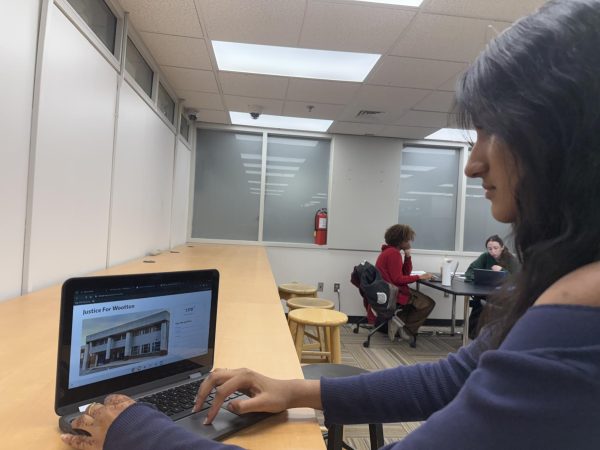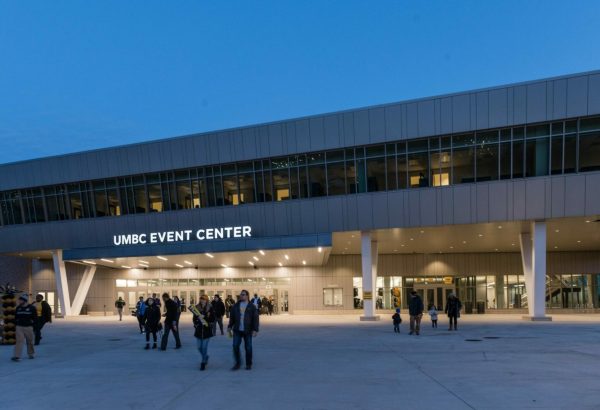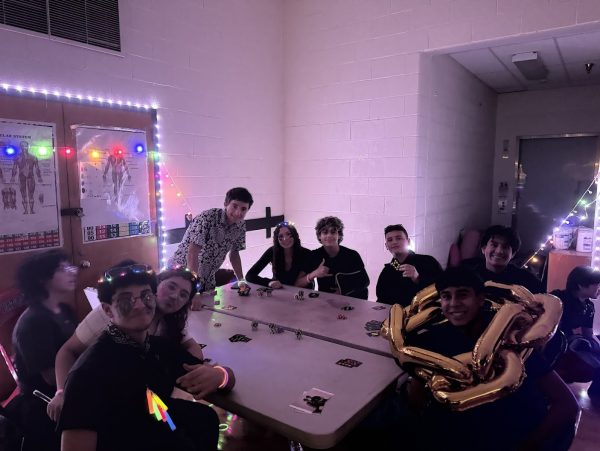Spanish Honors Society potluck continues virtually
Photo by Rebecca T. Caro used with permission from Google Commons
A Pionono filled with dulce de leche marks one Spanish dish present at the Spanish Honors Society’s potluck.
Another time-honored tradition has succumbed to the virtual environment; however, this adaptation has had positive reviews. Apr. 8 was the National Spanish Honors Society’s potluck. At this potluck students made Hispanic and Latin food and shared the Spanish cultures and heritages in a video format.
During the potluck the Hispanic Latino Student Union presented their video featuring seniors Alex Quia and Kyle Portillo making arroz con leche (rice and milk). After the HLSU’s video was presented, students and teachers attending the event were put into 15 breakout rooms where the 15 people who made Hispanic or Latin dishes shared their experiences and videos. In relation to the normal practices performed at a Spanish Honors Society potluck, the videos that students made were “arguably more informative and more interesting,” senior Arthur Liao said.
Liao, a member of the Spanish Honors Society, attended his second potluck this year and was excited to learn about the dishes. In his breakout room he learned about pollo a la brasa, a Peruvian-style roasted chicken. After getting past the initial awkwardness of figuring out what to do, their breakout room started having interesting conversations about the dishes. In the beginning the discussions in the breakout rooms were “a bit uncomfortable and awkward, because there were no conversation starters,” Liao said.
Luckily they moved on quickly into conversations as they explored deeper into the culture of the food. Although the event occurred in a video format and without the opportunity to taste said foods, “it was still able to invoke my interest into what Spanish cuisines are out there,” Liao said.
From main courses, like gazpacho and lomo saltado, to desserts, like churros and pasteles de tres leches, foods from around the Spanish speaking world were brought into the discussion. “My favorite part was when we watched the videos people made and we were able to discuss afterwards,” Quia said.
One dish discussed during a breakout room that Quia attended was the pionono, which is a sponge cake jelly roll that sometimes includes caramel inside and originated from Spain, but has been adopted into Argentina and Peru and is commonly eaten around the Christmas season. “Someone was able to share the culture about, I believe, Argentina, or how they eat different types of foods at different times of the year. So I found that interesting,” Quia said.
Overall the event was both a learning opportunity and a time for people who love cooking, culture or to hear about students’ experiences to join with others of similar interests. Learning about similar ingredients used in different countries and similar baking and cooking styles was an interesting fact that Quia discovered comparing the videos. “What I learned is many Latin speakers share some similarities based on [how they make] their foods,” Quia said.
Your donation will support the student journalists of Thomas S. Wootton High School. Your contribution will allow us to purchase equipment and cover our annual website hosting costs.
Jason Goode is a 2021 graduate.







